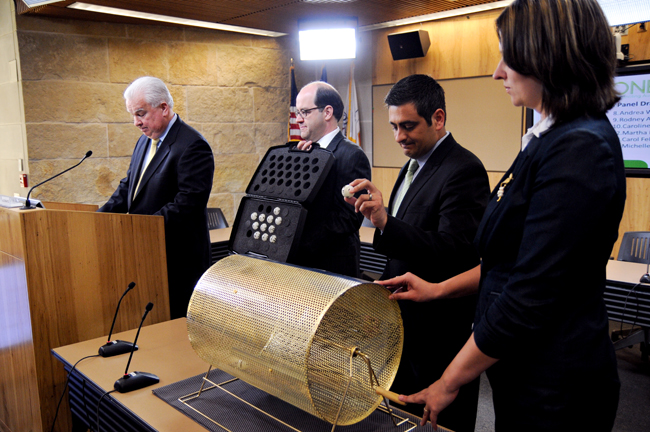On Tuesday, UT’s Student Government Assembly passed a resolution calling for the creation of a “student district for city council elections.” The creation of such a district would be part of the 10-one redrawing of Austin City Council districts, which voters approved last fall and which will dramatically change the Austin City Council representation system from seven at-large members to 10 members elected from specific geographic districts across the city. The question remaining, and the one that the aforementioned SG resolution attempts to answer, is how those district lines should fall. We side with UT’s Student Government in saying that we believe the 10 districts should include one specifically drawn to include the majority of the city’s college student population.
The districts will be decided by a 14-member citizen commission, and the decisions that committee makes will have the power to unite or divide groups in the Austin community. Each district must have roughly the same population (around 80,000 citizens), and several districts must include substantial black or Hispanic populations, as required by the Voting Rights Act. According to Carson Jones, the director of Student Government’s City Relations Agency and the author of Tuesday’s legislation, while a student district encompassing only West Campus would fail to meet the 80,000-person population requirement for a district, a district that encompassed areas of West Campus, North Campus and East Riverside could meet the 80,000 population requirement and would include a sufficient number of students.
At first glance, drawing a single student district seems problematic, both because students are transient residents and because students in different neighborhoods may have dramatically different needs. Though West Campus is the densest neighborhood in Austin, the number of students registered to vote is incredibly low, a fact that skews the census numbers and makes the West Campus population look lower than it actually is. If students can’t even register to vote, the urgency of tailoring a district just for them is admittedly less pressing.
But the urgency of city issues facing students is easier to illustrate. Between 2004 and 2012, for example, the average value of high-rise-occupied land in West Campus rose from $50 per square foot to $100 per square foot, a cost increase that has been passed along to students in rent prices. Issues of crime, transportation and housing costs end up affecting students more, not less, because of their status as transient Austin citizens. The greatest justification for the creation of a student district, then, is not that students are clamoring for its creation, but that we have sufficient reason to believe that they would be clamoring at the door of a City Council member elected specifically to deal with student problems.
“This is almost like the first domino, in a sense. Understanding that there is a student district can help students to realize that they can influence the city that they are living in and help them grasp that while they are in school here they can affect siblings, friends, eventually children that might be coming years later,” Jones said of the legislation.
At a redistricting commission meeting held Wednesday night, the issue of a student district was not addressed, despite two students testifying in support of the idea. As the commission moves forward with the process, we hope that they will take into account the needs of students and the ability of a student district to drive student engagement.





















